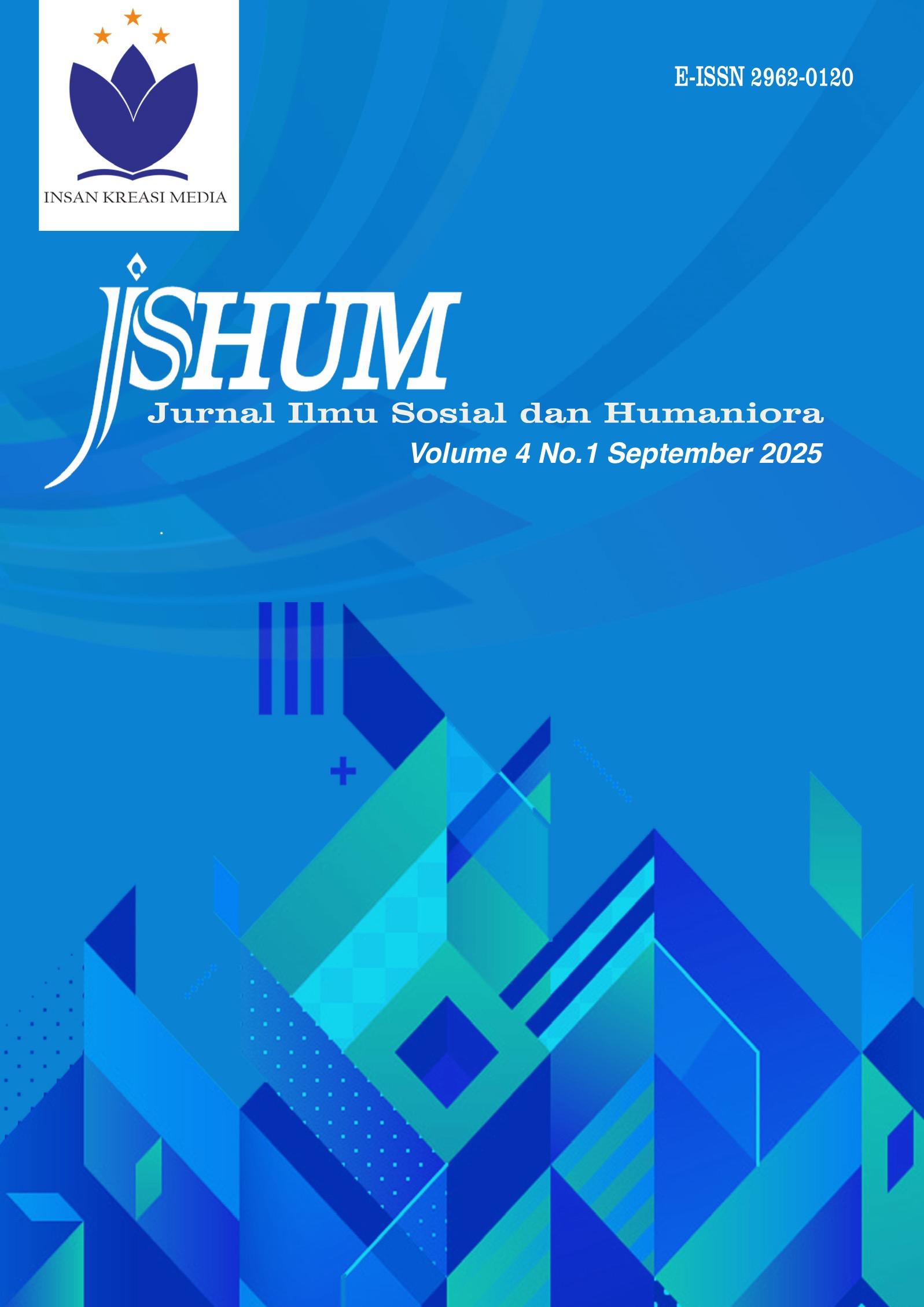Metode Penerjemahan Humor dalam Sastra Anak "Charlie and the Chocolate Factory"
DOI:
https://doi.org/10.57248/jishum.v4i1.623Keywords:
translation strategies, humor, children's literature, Charlie and the Chocolate Factory, target culture.Abstract
This study aims to identify and analyze the translation strategies used to render humor in Roald Dahl’s Charlie and the Chocolate Factory and to evaluate their effectiveness in the Indonesian translated version. A qualitative descriptive method was employed, using a case study approach on 30 humorous language units. The data were classified based on types of humor (verbal, situational, character-based, and musical) and the applied translation strategies, including literal translation, substitution, omission, recreation, and addition. The findings reveal that literal translation was the most frequently used strategy; however, substitution and recreation were found to be the most effective in preserving humor and cultural relevance. In contrast, omission and literal translation often weakened the humorous effect when not adapted to the target culture. These results emphasize the importance of cultural sensitivity and translator creativity in literary translation, particularly in children's literature, to ensure that humor and intended messages remain accessible to the target readers. This research contributes to the field of literary translation, especially in addressing cross-cultural humor translation.
Downloads
Published
How to Cite
Issue
Section
License
Copyright (c) 2025 Melisa Erwin, Muhammad Zaki Pahrul Hadi

This work is licensed under a Creative Commons Attribution-ShareAlike 4.0 International License.





